Exploring Hydrographics: The Art and Science of Water Transfer Printing
- Matt Hodges

- Sep 16
- 4 min read
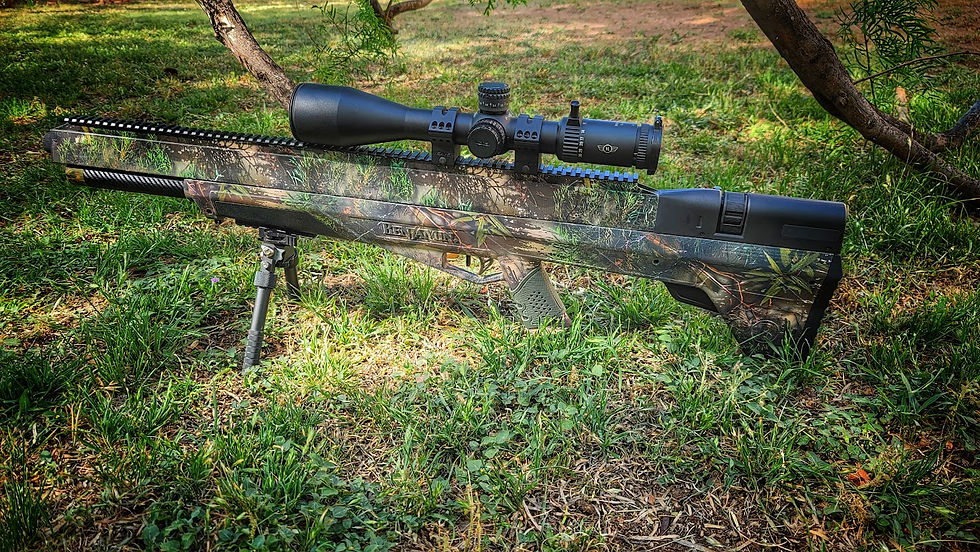
Hydrographics, also known as water transfer printing, hydro dipping, or immersion printing, is a fascinating surface decoration technique that allows intricate patterns and designs to be applied to three-dimensional objects. This method uses water as a medium to transfer printed films onto various materials, creating realistic finishes like wood grain, carbon fiber, camouflage, or even custom artwork. It's a blend of art and technology that's gained popularity across multiple industries for its versatility and cost-effectiveness. Whether you're customizing a car interior or adding flair to sporting gear, hydrographics offers a way to achieve high-quality, durable results without the need for complex machinery in every case.
How Hydrographics Works: A Step-by-Step Breakdown
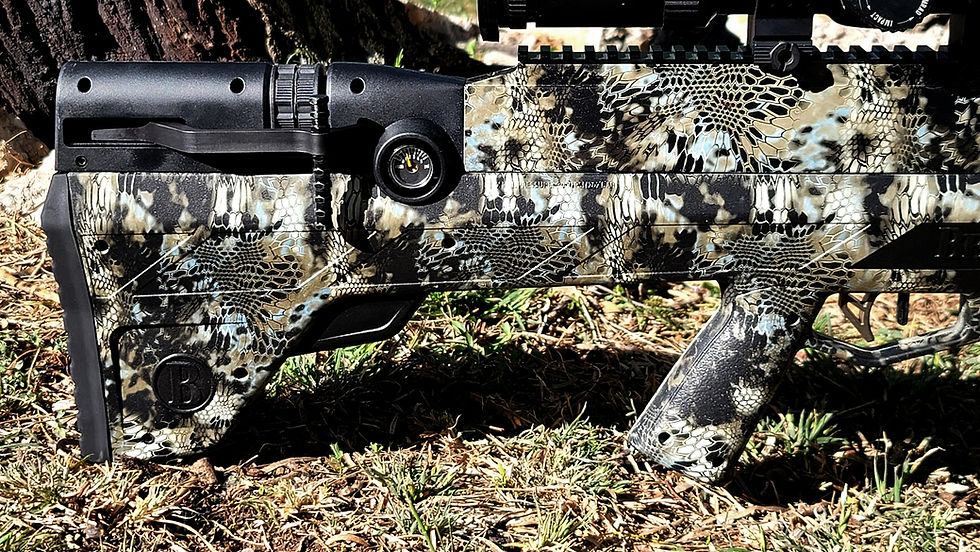
The hydrographics process is relatively straightforward but requires precision to avoid defects like air bubbles or pattern distortion. Here's a typical workflow based on established methods:
Preparation and Base Coating: Start by cleaning and prepping the object (e.g., sanding or flame treating for better adhesion). Apply a primer and base coat paint that matches the desired pattern—such as beige for wood grain or black for carbon fiber. This step ensures the colors pop and adhere well.
Film Placement and Activation: Cut a water-soluble PVA (polyvinyl alcohol) film printed with the design to size. Place it on the surface of a water-filled dipping tank (maintained at around room temperature). After about 60-70 seconds for hydration, spray an activator evenly over the film. This chemical dissolves the film's backing, liquefying the inks so they float on the water.
Dipping the Object: Slowly submerge the prepared object into the water at a consistent angle (often 45 degrees) through the floating ink layer. The water's surface tension allows the pattern to wrap around the object's contours seamlessly.
Rinsing and Drying: Remove the object and rinse it with clean water to wash away any residual PVA or excess ink. Dry it thoroughly, either by air or using a blower/oven.
Top Coating: Apply a clear protective top coat (matte, gloss, or semi-gloss) to enhance durability, UV resistance, and scratch protection. Allow it to cure fully.
This process can be done manually for small-scale projects or automated for high-volume production, making it adaptable for both hobbyists and manufacturers.
Equipment and Materials Needed
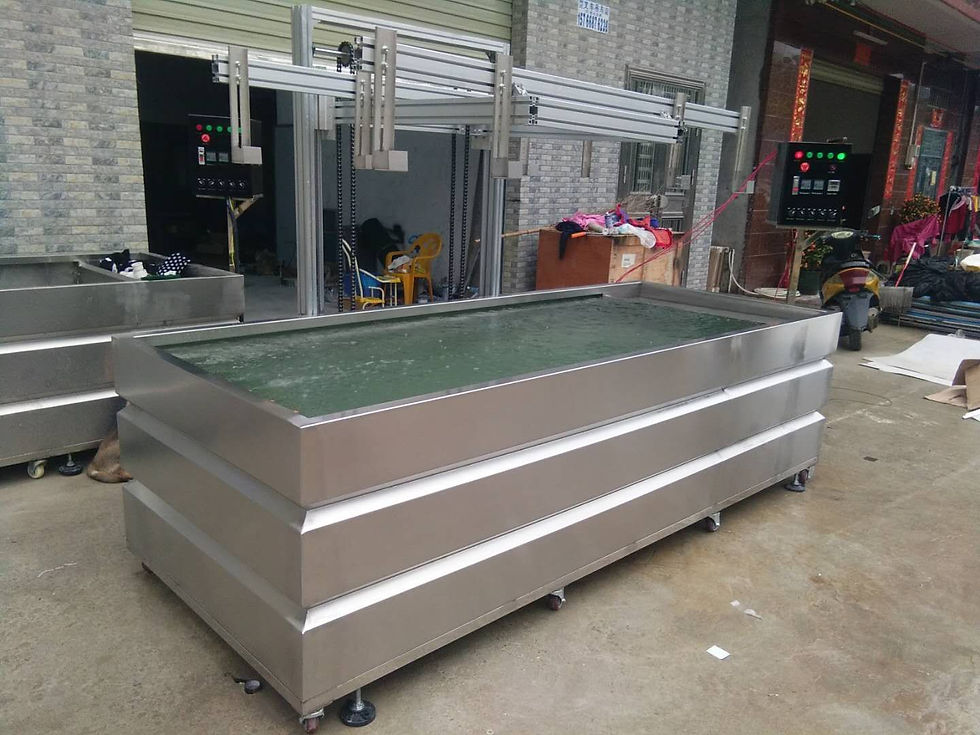
To get started with hydrographics, you'll need some basic setup:
Dipping Tank: A container to hold water, often with heating and filtration for consistency.
Spray Equipment: HVLP (high-volume, low-pressure) guns for applying primer, activator, and clear coat.
Films and Chemicals: High-quality PVA films with patterns, compatible activators, primers, and automotive-grade paints/clear coats.
Safety and Prep Gear: Respirators, gloves, sandpaper, degreasers, and a ventilated spray booth.
Additional Tools: Washing station, drying racks, and possibly an automated arm for larger operations.
For professional setups, expect to invest in a space of at least 800 square feet, with costs varying based on scale. Training is crucial, as the technique demands skill to master—many providers offer courses to troubleshoot issues like poor adhesion or bubbling.
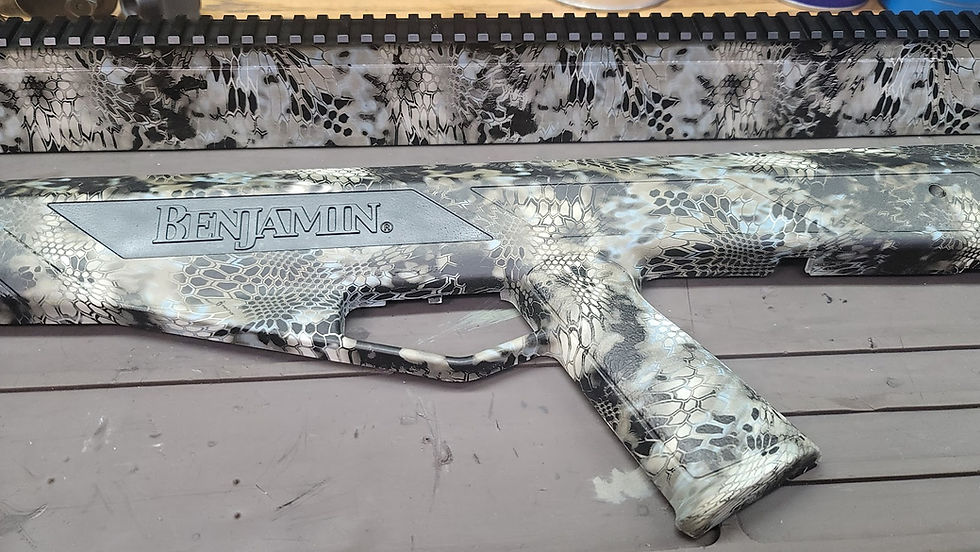
Advantages and Limitations of Hydrographics
Hydrographics stands out for several reasons:
Versatility: It works on complex shapes and a wide range of materials, including plastics, metals, glass, and wood.
Customization: Endless pattern options, from realistic textures to bold graphics, at a lower cost than alternatives like stenciling.
Durability: With proper clear coating, finishes resist chemicals, UV light, and wear.
Efficiency: Faster and more repeatable for detailed designs compared to hand-painting.
However, it's not without drawbacks. The films are sensitive to humidity and temperature, requiring controlled storage. The process can be labor-intensive for beginners, and high-volume production might need automation to avoid tedium. It's also primarily decorative, so it may not suit applications needing extreme structural integrity.
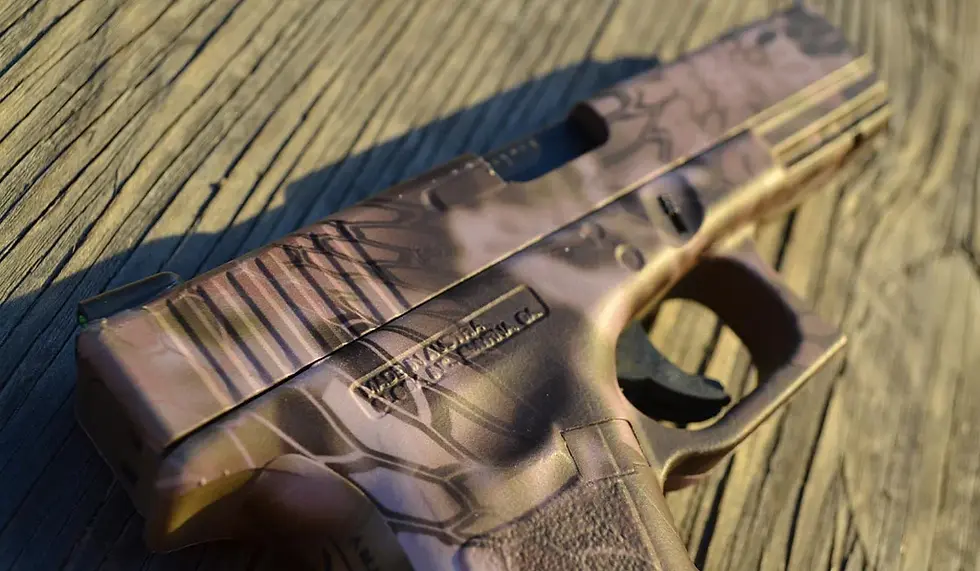
Applications Across Industries
One of the most exciting aspects of hydrographics is its broad applicability. Here's a look at how it's used in various sectors:
Automotive: Customizing interiors with wood grain or carbon fiber on dashboards, trims, and engine covers. It's a go-to for revamping vehicle aesthetics affordably.
Firearms and Hunting Gear: Applying camouflage patterns to rifles, bows, knives, and helmets for better concealment and style. It's popular for personalizing equipment like trail cameras and ATVs.
Aerospace and Aviation: Decorating cabin components with marble, wood, or metallic finishes for a premium look without added weight.
Consumer Goods and Electronics: Enhancing everyday items like eyewear frames, remote controls, and smart home devices with unique designs.
Architecture and Home Décor: Adding high-end finishes like wood grain or marble to wall accents, railings, furniture, lamp bases, and flower pots in commercial and residential spaces.
Medical and Sports Equipment: Applying warm textures to hospital devices or bold patterns to team gear, bikes, and helmets for both functionality and appeal.
Marine and Defense: Custom patterns for boats, military equipment, and architectural elements in harsh environments.
Other areas include retail displays and construction materials, where hydrographics provides durable, eye-catching surfaces.
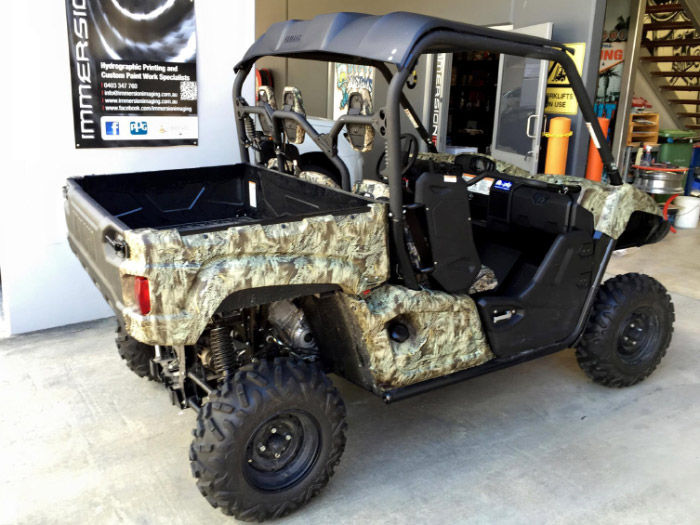
Wrapping Up: The Future of Hydrographics
Hydrographics has evolved from a niche technique to a staple in modern manufacturing and customization. Its ability to combine creativity with practicality makes it ideal for anyone looking to elevate ordinary objects into something extraordinary. As technology advances, we can expect even more innovative films and automated processes, expanding its reach further. If you're intrigued, consider trying a DIY kit or consulting a professional service to see the magic of water transfer printing in action!


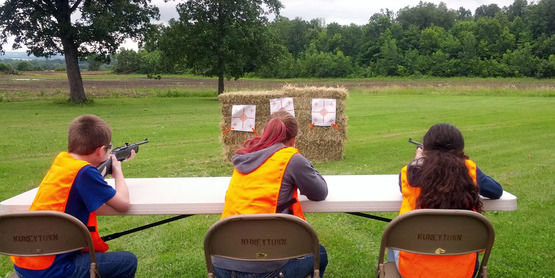





Comments